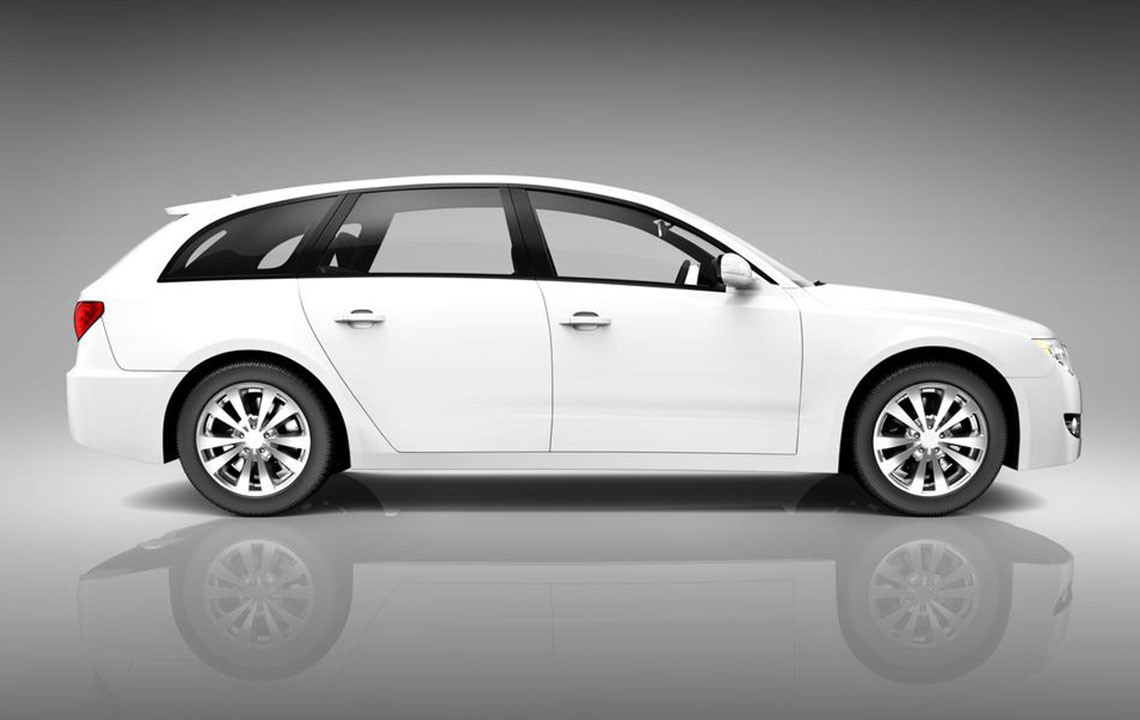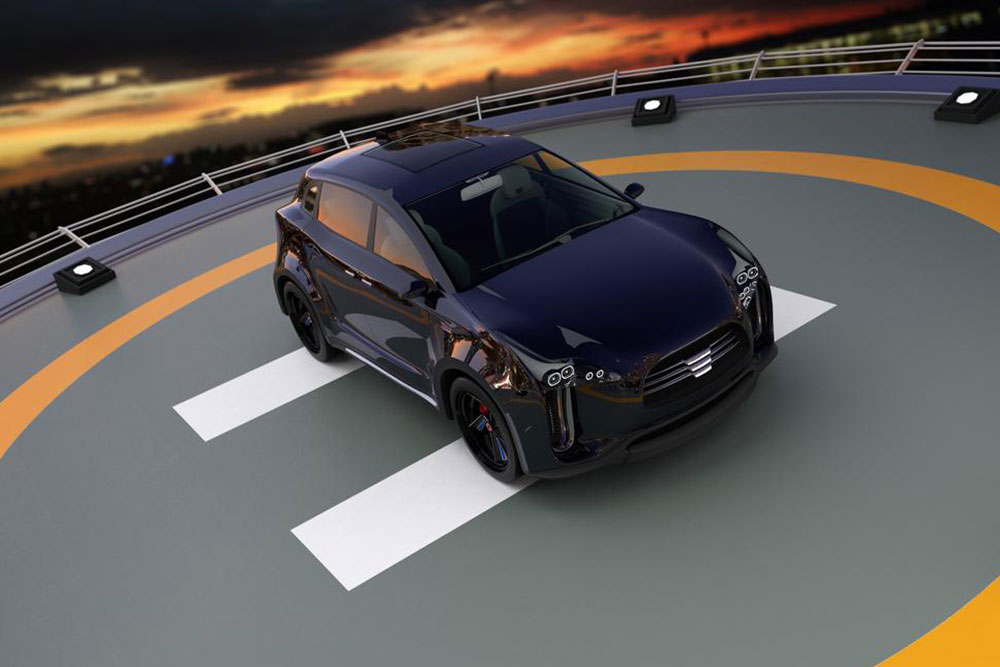The Evolution and Legacy of the Minivan: A Comprehensive History
This comprehensive article explores the history and evolution of the minivan, highlighting its innovative design, cultural impact, and role in transforming family transportation. From its inception in 1983 to modern updates, discover how the minivan became an automotive icon dedicated to passenger comfort, space, and practicality.

Tracing the Evolution and Enduring Legacy of the Minivan
The advent of the minivan on November 2, 1983, marked a significant milestone in automotive history, fundamentally transforming the way families travel and shaping an entire segment of vehicles designed for practical, spacious, and versatile transportation. This vehicle segment was introduced by the Chrysler Corporation, which recognized a significant gap in the market for family-oriented vehicles that combined comfort, efficiency, and accessibility. The release of the minivan responded to the increasing demand for vehicles capable of accommodating larger families, offering an innovative solution that combined the best features of sedans, station wagons, and vans into a single, user-friendly package.
During the 1970s, the automotive industry faced several challenges, including rising fuel prices, stricter safety regulations, and changing consumer preferences. Families sought vehicles that could provide ample space for children, luggage, and daily errands without sacrificing fuel economy or ease of use. The traditional sedans and station wagons often fell short in providing the required versatility and accessibility. The minivan emerged as the ideal solution, addressing these needs with its spacious interior, low step-in height, and flexible seating arrangements.
The early models, such as the Chrysler Town & Country, Plymouth Voyager, and Dodge Caravan, set new standards for practicality and comfort. These vehicles featured a box-shaped design, high rooflines, and sliding side doors that improved access in tight parking spaces. The distinctive and functional design made these vehicles instantly recognizable and highly favored among families across North America and beyond.
Over the decades, the design and features of minivans have evolved significantly. Despite the shift towards crossover SUVs in recent years, traditional minivans continue to maintain a dedicated following among families who prioritize space, convenience, and affordability. Innovations such as power sliding doors, fold-flat seats, rear-seat entertainment systems, and advanced safety features have kept minivans relevant and appealing in a competitive automotive market.
The influence of early minivan designs can still be seen today. Modern models have incorporated sleeker aesthetics, improved aerodynamics, and cutting-edge technology, all while preserving the core attributes that made minivans a family favorite. Today, minivans are appreciated not only for their practical attributes but also for their ability to adapt to changing lifestyles, including the needs of multi-generational households and urban families seeking efficient, spacious transportation options.
In conclusion, the origins of the minivan reveal a story of innovation driven by the necessity to meet evolving family needs. Their enduring presence in the automotive industry is a testament to their functionality, versatility, and the comfort they provide. As the automotive landscape continues to evolve with new types of vehicles, the quintessential minivan remains an iconic symbol of family mobility, with a legacy built on practicality and adaptability that continues to influence vehicle design and consumer choices today.
History of the minivan
Development of family vehicles
Automotive innovations by Chrysler





